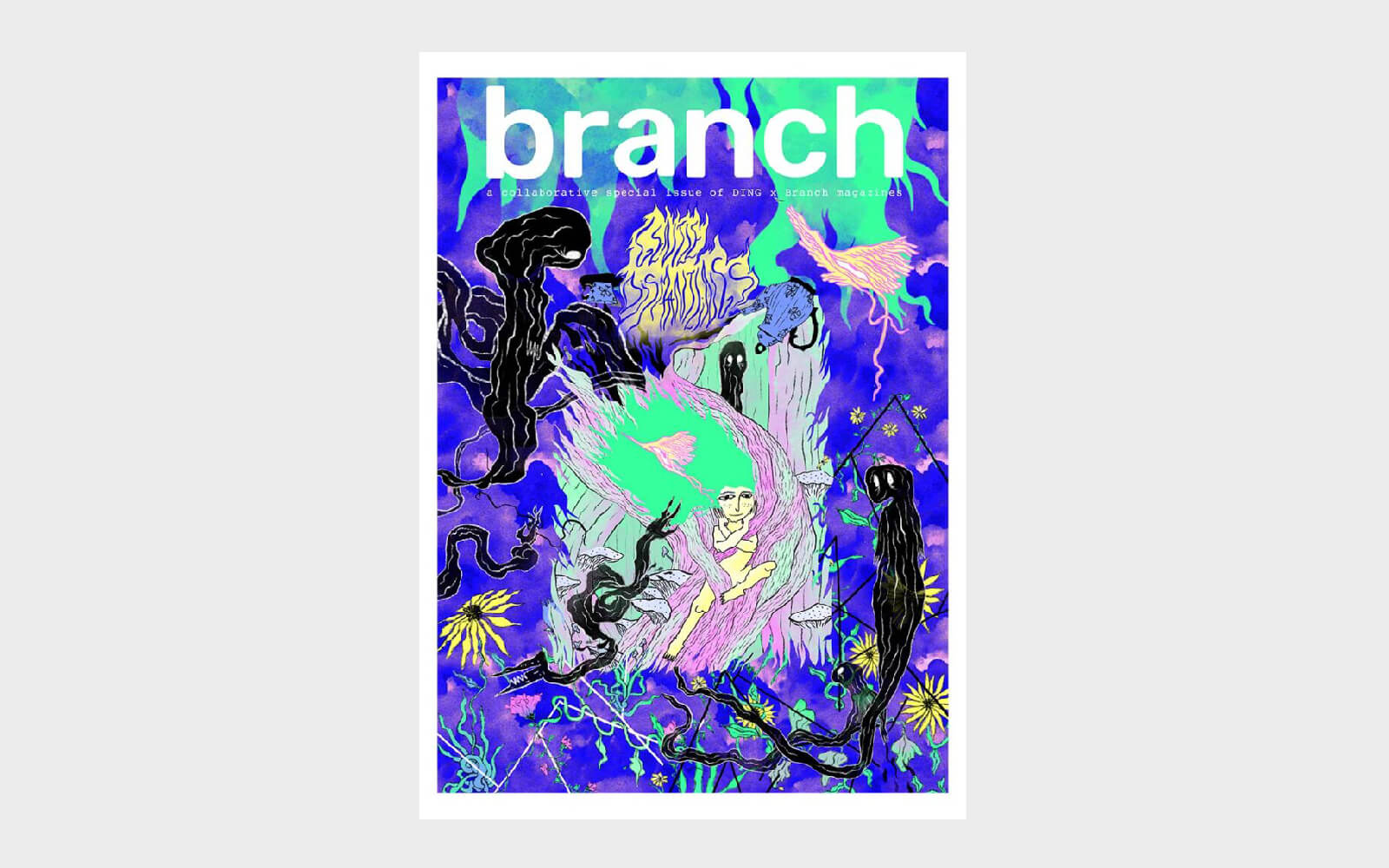All
In anticipation of the Steamboat Willey (1928) version of Mickey Mouse entering the public domain in 2024, Matthew Plummer-Fernández’ hack of the cultural icon, Every Mickey, resurfaces on X. First shown in 2015, at the British-Colombian artist’s solo show “Hard Copy” at NOME, Berlin, the 3D-printed composite of found 3D models “circumvents copyright by being a compilation,” Plummer-Fernández explains on X. Compilations constitute “an exception in copyright law for the creative compiling of other works.”
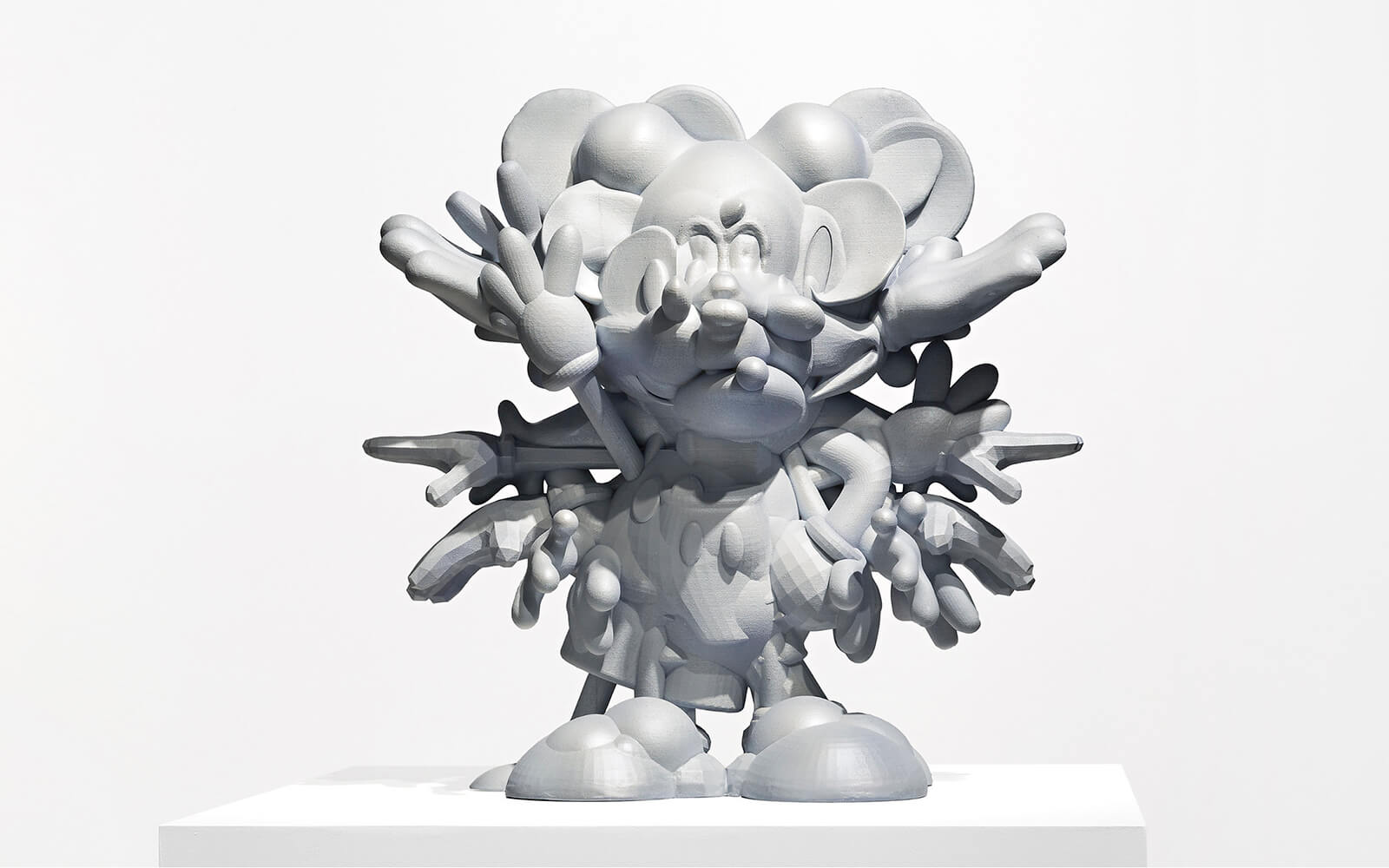
Robert Seidel Candid About Artists’ Rights in the AI Revolution
“Copyright only works above a certain threshold of importance. That’s something you learn as an artist. Your voice doesn’t matter.”
Critic Jason Farago Proposes Remedy to AI’s “Perpetual Sales Pitch”
“Rather than worry about whether bots can do what humans do, we would do much better to raise our cultural expectations of humans: to expect and demand that art—especially art made with the help of new technologies—testify to the full extent of human powers and human aspirations.”
In a love letter to Deluxe Paint, the popular pixel editor Electronic Arts published from 1985 to ’95, Swedish programmer Carl Svensson dissects and celebrates the package’s powerful drawing, animation, morphing, and colour cycling features that defined the workflow of pixel artists and game developers well into the PlayStation era. “If you’re an old school DOS, Amiga or even console gamer, it will have helped create some of your fondest memories,” writes Svensson.
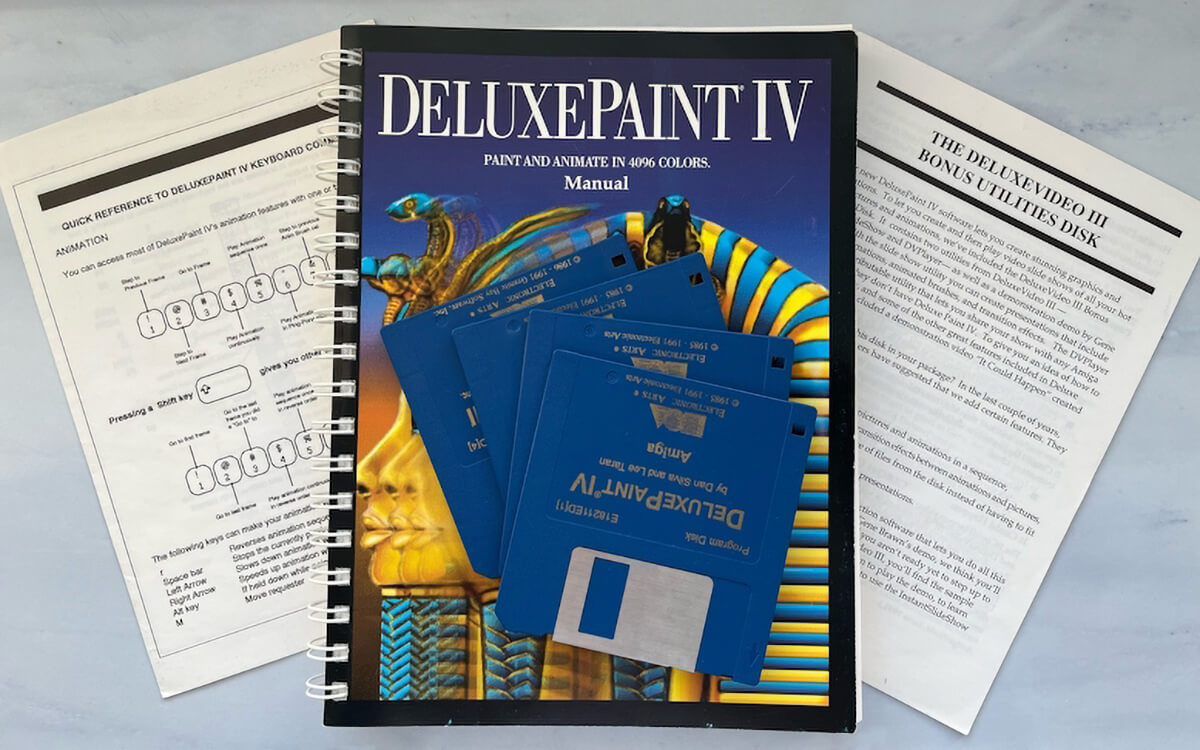
Vitalik Buterin Proclaims “Make Ethereum Cypherpunk Again”
“The growing awareness that unchecked centralization and over-financialization cannot be what ‘crypto is about,’ and new technologies like second-generation privacy solutions and rollups are finally coming to fruition, present us with an opportunity to take things in a different direction.”
The “Unleashed” edition of panke.gallery’s recent AR group exhibition, “Animal()City,” pops up at the 37th Chaos Communication Congress (37c3) in Hamburg (DE), releasing CGI creatures by Joachim Blank (image: The restless lion/ess, 2023), Eva Davidova, Meredith Drum, exonemo, Jonas Lund, Sahej Rahal, and Ingeborg Wie Henriksen. The show, curated by panke’s Sakrowski, draws inspiration from the ghostly presence of urban critters that, like people being siloed by online platforms and AI, seem to live in parallel worlds.
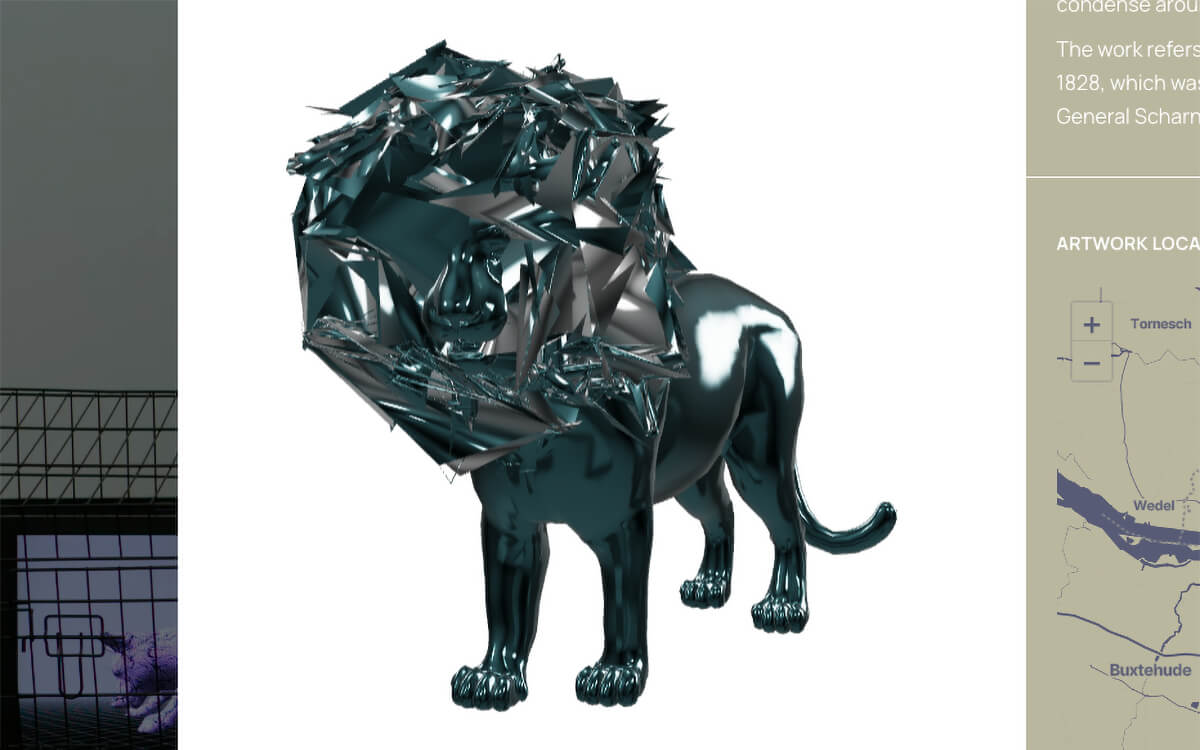
Trevor Paglen Foretells Horrors of AI Companionship
“Your own sense of reality becomes increasingly specific to you and your synthetic friends, but this isn’t happening on a neutral plane. Your friends work for giant corporations and are designed to extract as much value from you as possible.”
The third edition of Japan’s Osaka Kansai International Art Festival ponders urban futures with a group exhibition that asks “STREET 3.0: Where Is The Street?” Curators Miwa Kutsuna and Yutaro Midorikawa present works by international artists that hack the city with technology (Aram Bartholl, Simon Weckert, AQV-EIKKKM), calligraphy, or olfactory. Bartholl’s over 1,400 node-strong network of Dead Drops (2010-, image), for example, inserts USB flash drives into the urban landscape for offline data sharing.
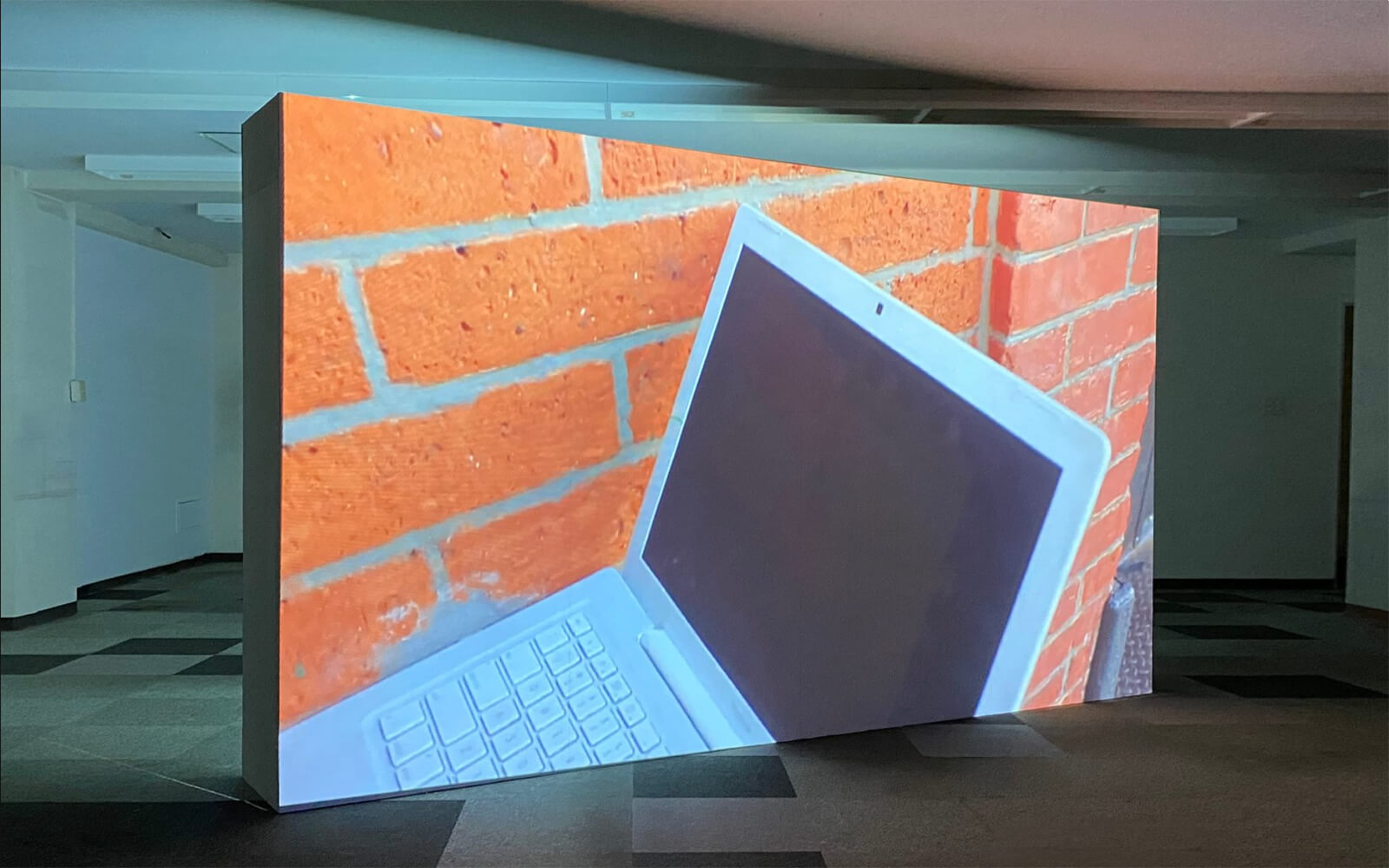
Generative AI Will Streamline, Not Diversify, Culture, Holly Herndon Warns
“The deluge of automation will amplify whatever it is pointed at. If we continue to value engagement above all else it will excel at facilitating 24-hour content avatars, sophistry, and distracting novelty.”
Martina Menegon’s interactive self-portrait I’m sorry I made you feel that way (2023) opens at discotec, Vienna, exploring new forms of care for our hybrid selves. Menegon’s blobby CGI avatar, generated with AI and personal biometric data, will show signs of deterioration the more the artist’s physical needs are neglected. When stressed, for example, the virtual portrait will refuse interaction and, eventually, dissolve into glitched abstraction. An AR extension adds a sculptural layer, spilling Menegon’s failing frame into the gallery.
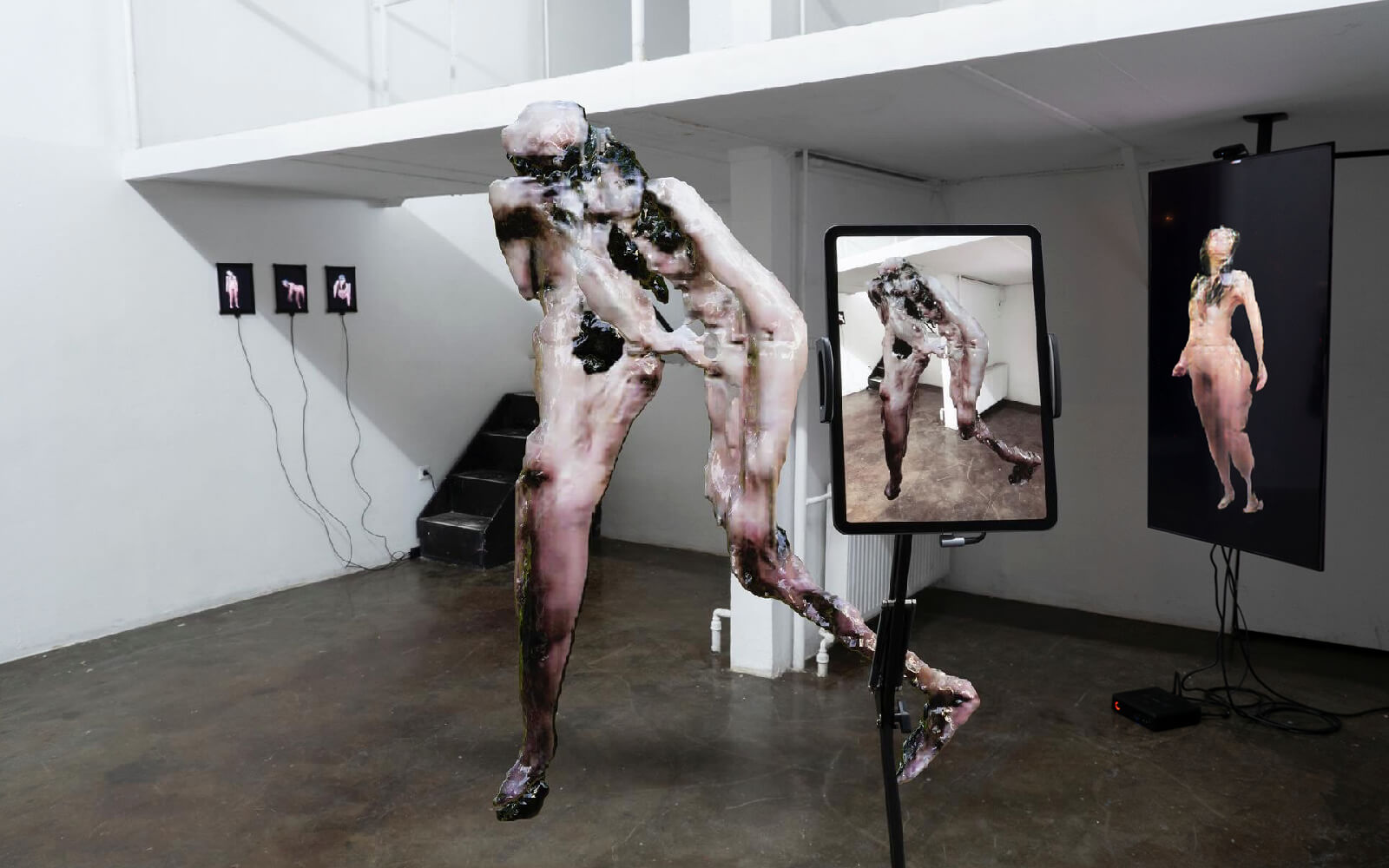
Giorgia Lupi Logged 1,374 Days of Long Covid
“Still, I couldn’t stop tracking. My spreadsheet was the only thing I could control in a life I no longer recognized.”
Trevor Paglen’s audiovisual installation, Behold These Glorious Times! (2017), opens at Matadero Madrid as the second arc of “Synthetic Imaginaries,” a series of exhibitions curated by Julia Kaganskiy that examines non-human agency, intelligence, and complex systems. The piece, augmented with synthetic sounds and voices by composer Holly Herndon, confronts viewers with hundreds of thousands of AI training images in transition: from legible to machine-readable and, effectively, “invisible.”
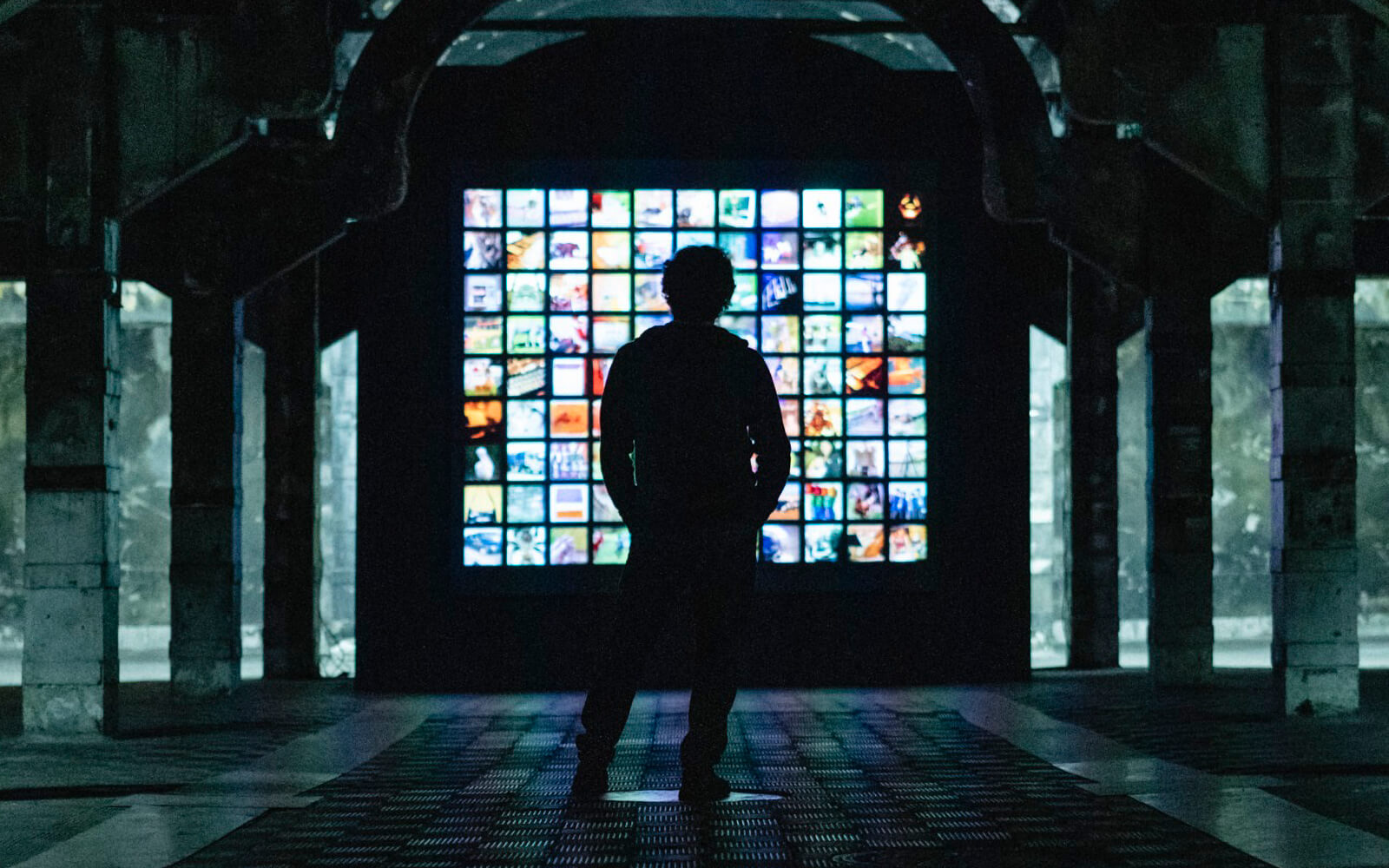
Adina Glickstein Parses Productive Refusal and Exiting the Matrix
“Like Bartleby, we would all ’prefer not to.’ Maybe it’s fatigue-induced, seeking relief from the incessant demands of 24/7 capitalism, careening towards meltdown. Terminally online, we ‘can’t even.’”
Brain Cell Biochips the Future of AI?
“Due to the high plasticity and adaptability of organoids, Brainoware has the flexibility to change and reorganize in response to electrical stimulation, highlighting its ability for adaptive reservoir computing.”
Freshly acquired by the National Gallery of Australia (NGA), American artist Jordon Wolfson’s Body Sculpture (2023) debuts in its permanent Canberra home. An unsettling performance in which an industrial robotic arm wields a chain tethered to a metallic box with animatronic arms, the robot pair executes a choreography of power and control. In the foreground, the torso-box affectively gestures with humanlike precision; in the background, the industrial arm plays puppeteer and pulls the strings.
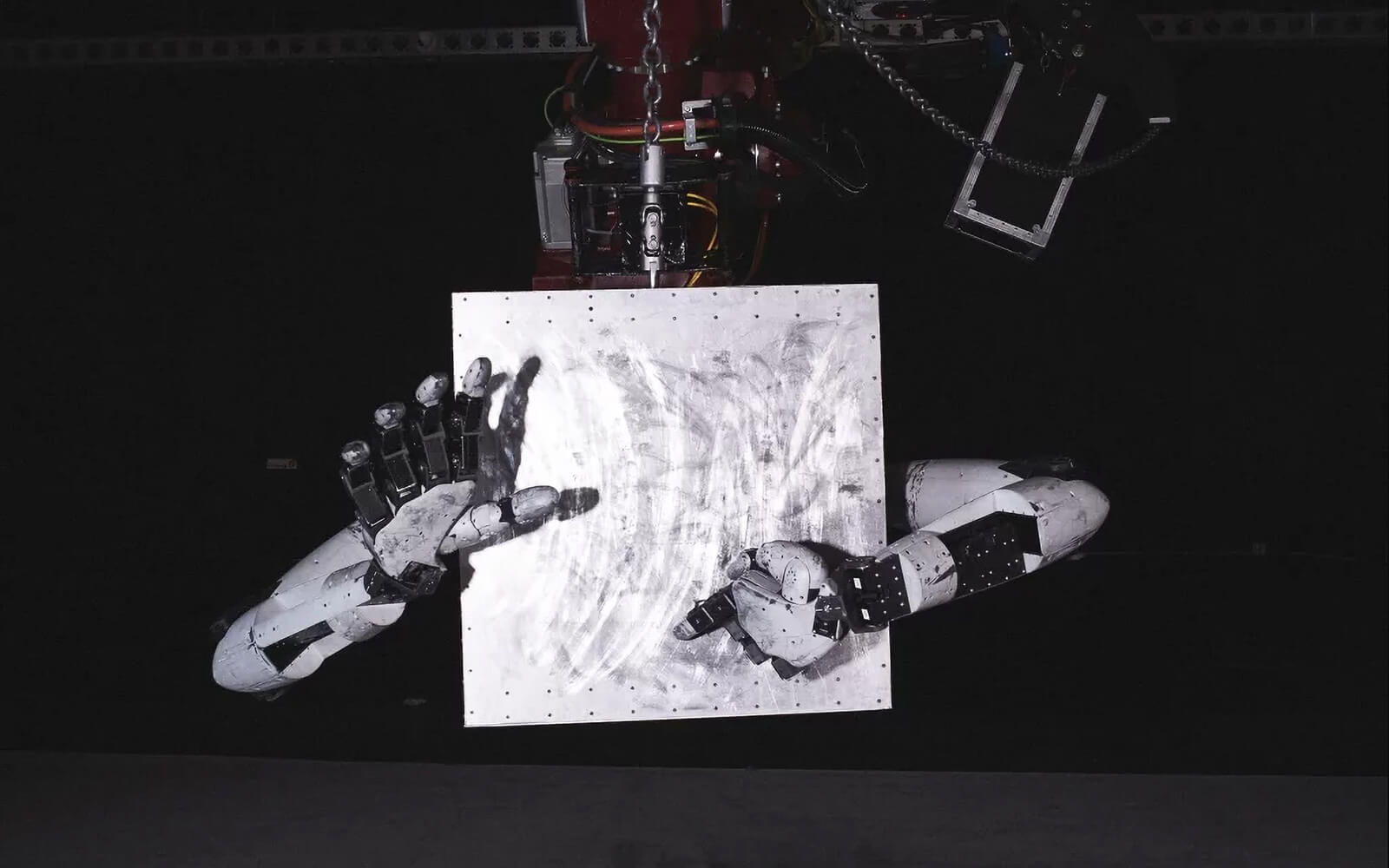
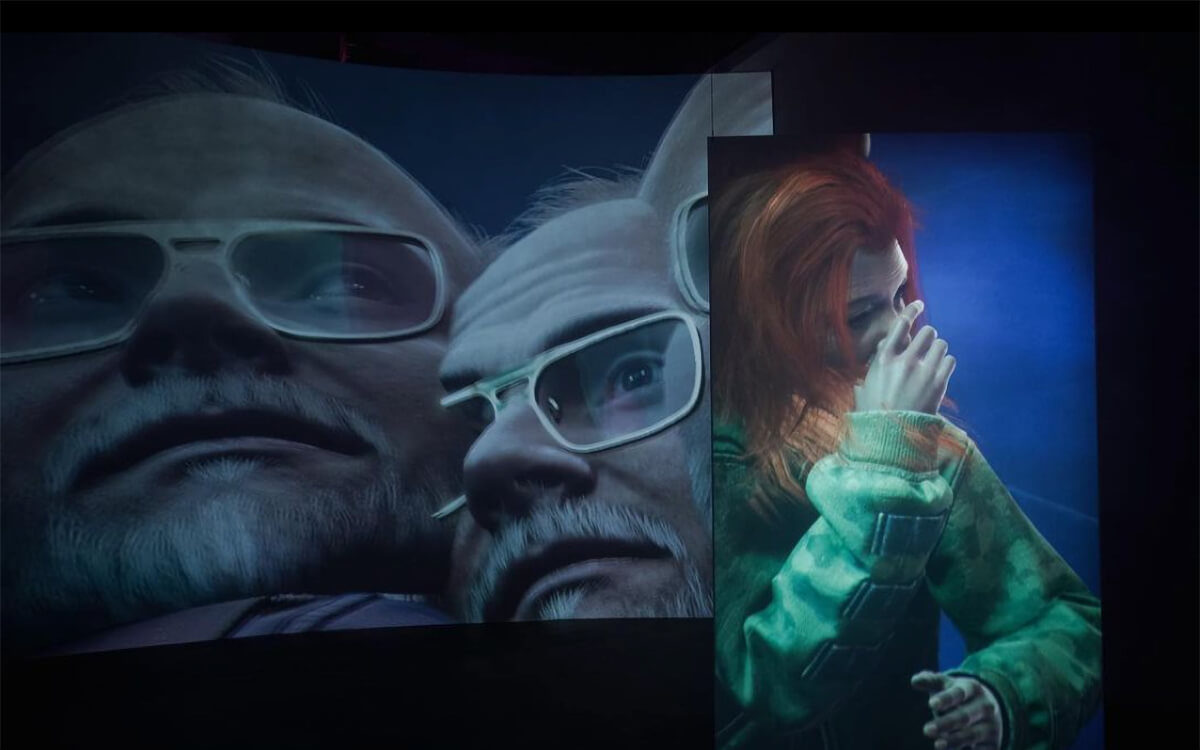
Total Refusal Juxtapozes Videogame Representations of Labour and Leisure at Taipei Digital Art Center
Total Refusal’s solo exhibition “Every Strike Hits Dead Center” opens at Taipei’s Digital Art Center (DAC), presenting new and recent videogame appropriations that explore the representation of labour and leisure. Whereas Club Stahlbad (2022, image), for example, tunes into the frenetic escapism of NPC clubbers in Cyberpunk 2077, the Austrian machinima collective’s new piece, Loop Labor (2023), highlights—and liberates—Latin American field workers in Grand Theft Auto V.

Mommy Issues: Liara Roux Links AI Femmes to Patriarchal Anxieties
“Our technological culture keeps casting these artificial intelligences either as mothers, catering and caring, or as female demons that consume men, succubus-like, luring them to half-deaths, to a constant state of orgasm—a hijacked limbic system suspended in pleasure.”
Sougwen Chung Makes Meaning with Robots
“For me, drawing is a way of being in the world. When I draw and create with my machines, this creative process allows me to engage with the technology alongside my physical instincts to form a kind of gestural relation.”
Branch #7
Gentle Dismantlings
